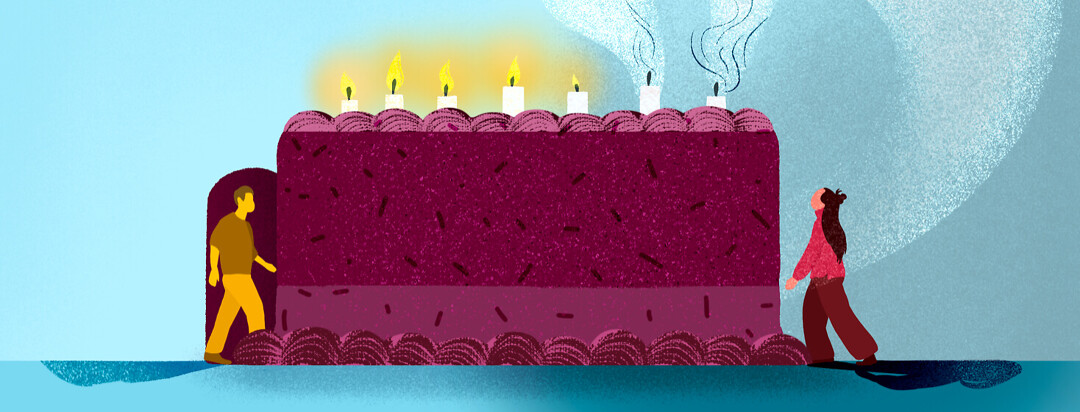What's the "CF Gender Gap"?
In the CF community, there’s an unusual pattern seen in the life expectancy between men and women with CF. Men with CF tend to live longer than women with CF even when controlling for certain demographic factors. The term “CF Gender Gap” has been used to describe this phenomenon in cystic fibrosis research over the last 40 years.1
How and why this weird pattern exists is still unknown and a bit controversial among experts. Some experts believe the gap can be accounted for by the difference between centers and treatments worldwide. However, the theories to explain the “CF Gender Gap” between men and women are very interesting and certainly require further testing in CF research.
What is the “gender gap” in cystic fibrosis?
The “CF gender gap” is the term used to describe how women with CF are at a disadvantage in terms of survival and morbidity in comparison to men with CF.1 Gender is shown to affect nutritional status, decline of lung function, frequency of lung infections, and particularly, negative response to pseudomonas aeruginosa infections.1 Often, these risk factors lead to shorter survival.
The gender gap varies by country and year the data is being reported, but is usually the difference of a few years of survival.2 For example, in Canada from data in 2011, the median predicted survival age for men was 50.6 years, in comparison to 43.2 years for women.3 Similar reports have been found all around the working, including in the US, Australia, and Germany.1
What are the possible causes?
Now that we know what the CF gender gap is, let’s talk about the possible theoretical causes. Again, further research needs to be done for a better understanding of how these factors might play a role in cystic fibrosis survival and gender.
Sex hormones
In men and women, sex hormones play a role in driving our reproductive systems. One sex hormone in particular found in women at significantly higher concentrations is estrogen or estradiol. It’s thought the presence of estrogen during a women's menstrual cycle could have a negative effect on CF disease severity and survival.2 Estrogen has the ability to increase inflammation, worsen lung infections, and alter the transport of water and salt across the cell’s surface.1
Earlier p. Aeruginosa infections
Pseudomonas aeruginosa infections are very common and destructive in people with CF. More than 60% of adults with CF culture this bacteria found in the environment.4 Earlier colonization of p. Aeruginosa occurs in women in comparison to men according to research.2 Earlier infection rate of p. Aeruginosa could impact survival and life expectancy in the long run.
Lower nutritional status
The final factor that could cause women to have a poorer survival rate than men is lower nutritional status. Women are less likely to adhere to eating high fat and high-calorie diets to gain and maintain weight.5 Due to the pressures of diet culture, women with CF are more likely to perceive their thinness as a positive result. In comparison, thinness is not favorable to men in the same way and they often have better nutritional status leading to longer survival.5
Tailoring cystic fibrosis research
It's interesting to take a look at why there is a gender gap among men and women with cystic fibrosis. Hopefully, in the future, more research and treatments are tailored to this area so we can better under gender's impact on CF.
Have you heard of the “CF Gender Gap”? What are your thoughts?

Join the conversation